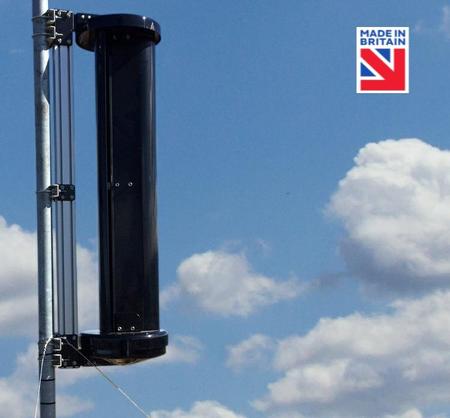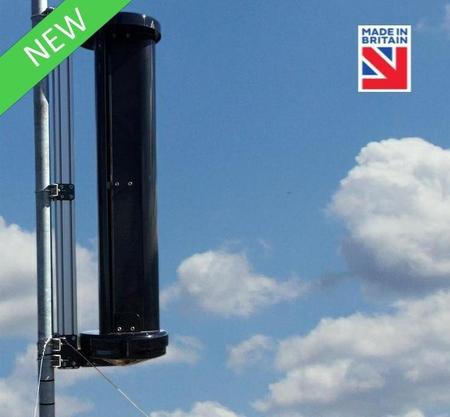Blog
Comprehensive Handbook for Choosing the Best Small Wind Turbine for Your Home
As homeowners increasingly seek sustainable energy solutions, the interest in small wind turbines for home use has surged. According to the American Wind Energy Association, over 100,000 small wind turbines have been installed across the United States, reflecting a growing trend towards local renewable energy generation. With advancements in technology and design, today's small wind turbines are more efficient than ever, capable of providing substantial energy savings and reducing carbon footprints. Reports show that residential wind energy systems can save homeowners up to 80% on their electricity bills, making them a compelling option for eco-conscious individuals. However, choosing the right small wind turbine for home installation requires careful consideration of various factors such as location, energy needs, and turbine specifications. This comprehensive handbook aims to guide you through the process, ensuring that you make an informed decision that maximizes both energy production and financial benefits.
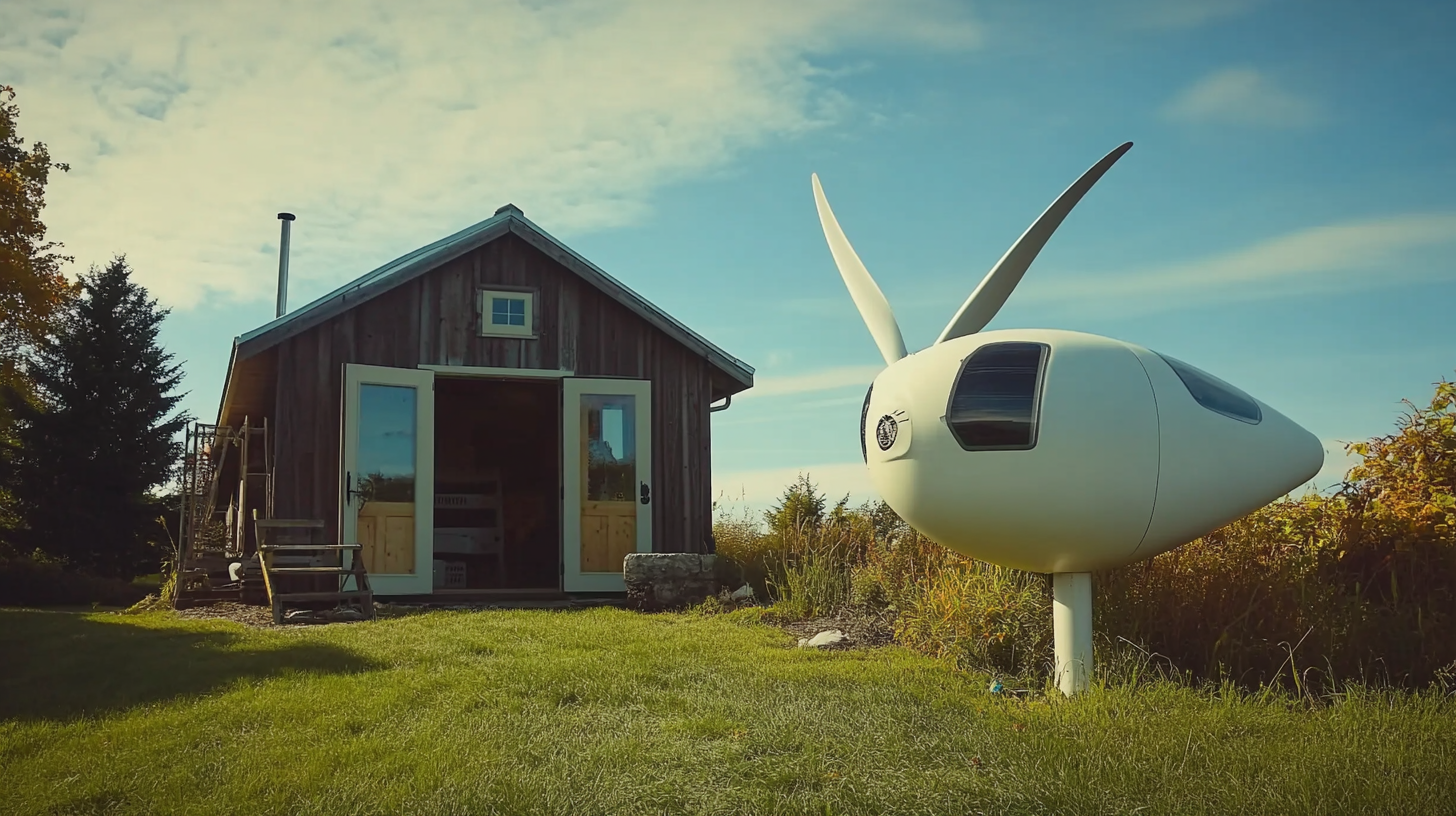
Understanding Small Wind Turbines: Key Features and Benefits
When considering small wind turbines for residential use, it's crucial to understand their key features and benefits. Small wind turbines can significantly reduce energy bills and provide a sustainable source of electricity. They harness wind energy to generate power, which can be especially advantageous in areas with consistent wind patterns. One of the primary benefits is their ability to offset utility costs, making them a worthwhile investment for eco-conscious homeowners.
**Tip:** Before purchasing, assess your local wind resources. Use wind maps and consult with local authorities to determine if your property has the right wind conditions to support a small turbine.
Another important feature to consider is the turbine's height and blade design. Taller turbines often capture more wind, resulting in higher energy output. Additionally, the materials used in the turbine's construction affect durability and efficiency. Choose a turbine that is built to withstand local weather conditions, ensuring it can operate effectively for years.
**Tip:** Look for turbines with a solid warranty and positive user reviews that highlight their performance and longevity in various environmental conditions.
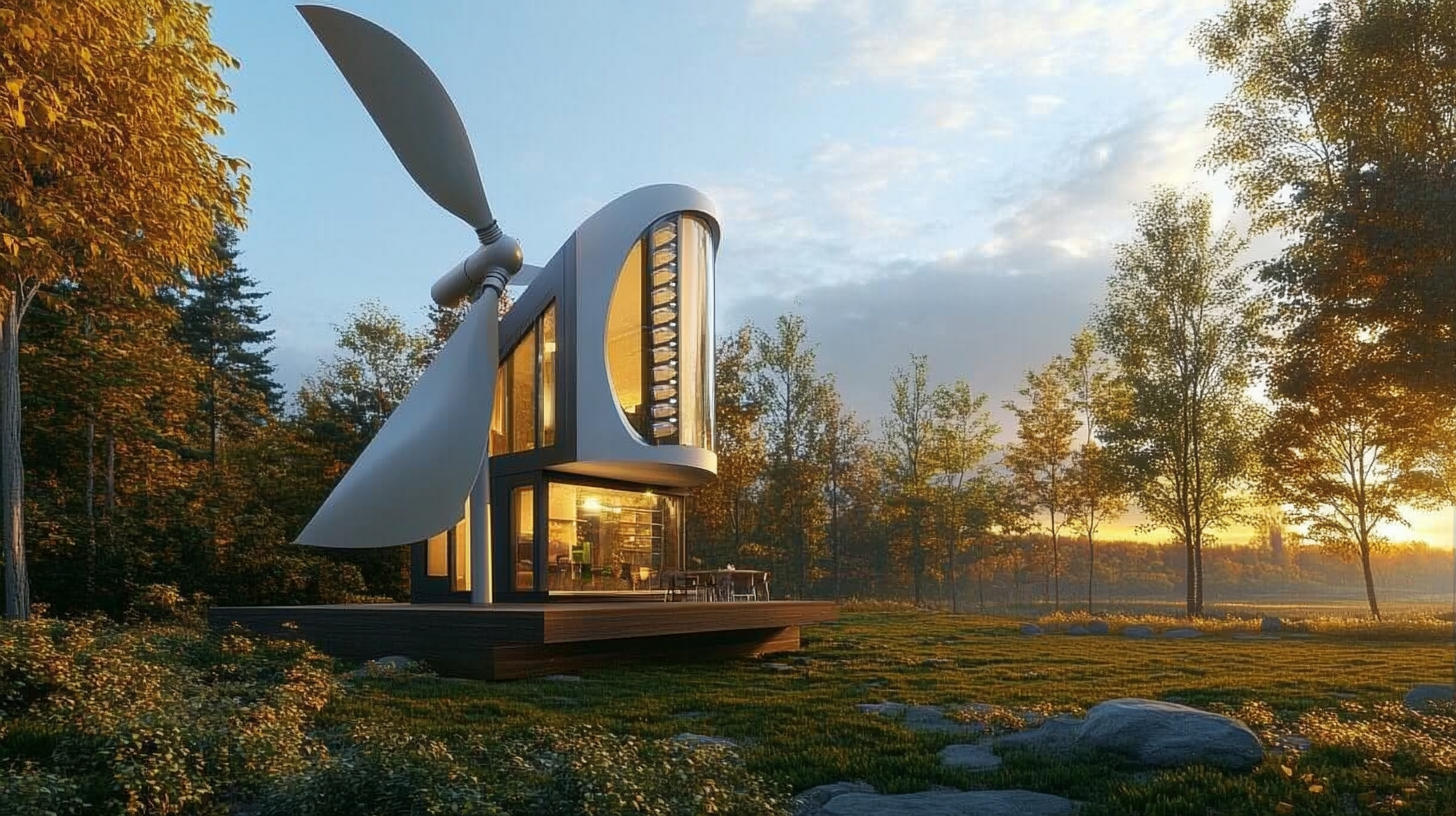
Assessing Your Home's Wind Resources: What You Need to Know
When considering a small wind turbine for your home, the first step is to assess your local wind resources. Understanding the wind patterns in your area will help you determine if a wind turbine is a viable option for generating energy. This involves collecting data on wind speed and frequency over time. Ideally, you should measure wind speeds at your intended installation height because wind tends to be stronger and more consistent at greater elevations.
**Tips for Assessing Wind Resources:**
Start by consulting online resources for average wind speeds in your region. Additionally, consider using an anemometer to record wind speed directly at your property. Pay attention to seasonal variations as well; some areas may experience stronger winds at certain times of the year, influencing the efficiency of your wind turbine.
Once you have a clear understanding of the wind resource, think about the placement of your turbine. It’s crucial to install the turbine in an open area where there are minimal obstructions, like trees or buildings, that could disrupt airflow. A well-placed wind turbine can harness energy more effectively, ensuring you get the most out of your investment.
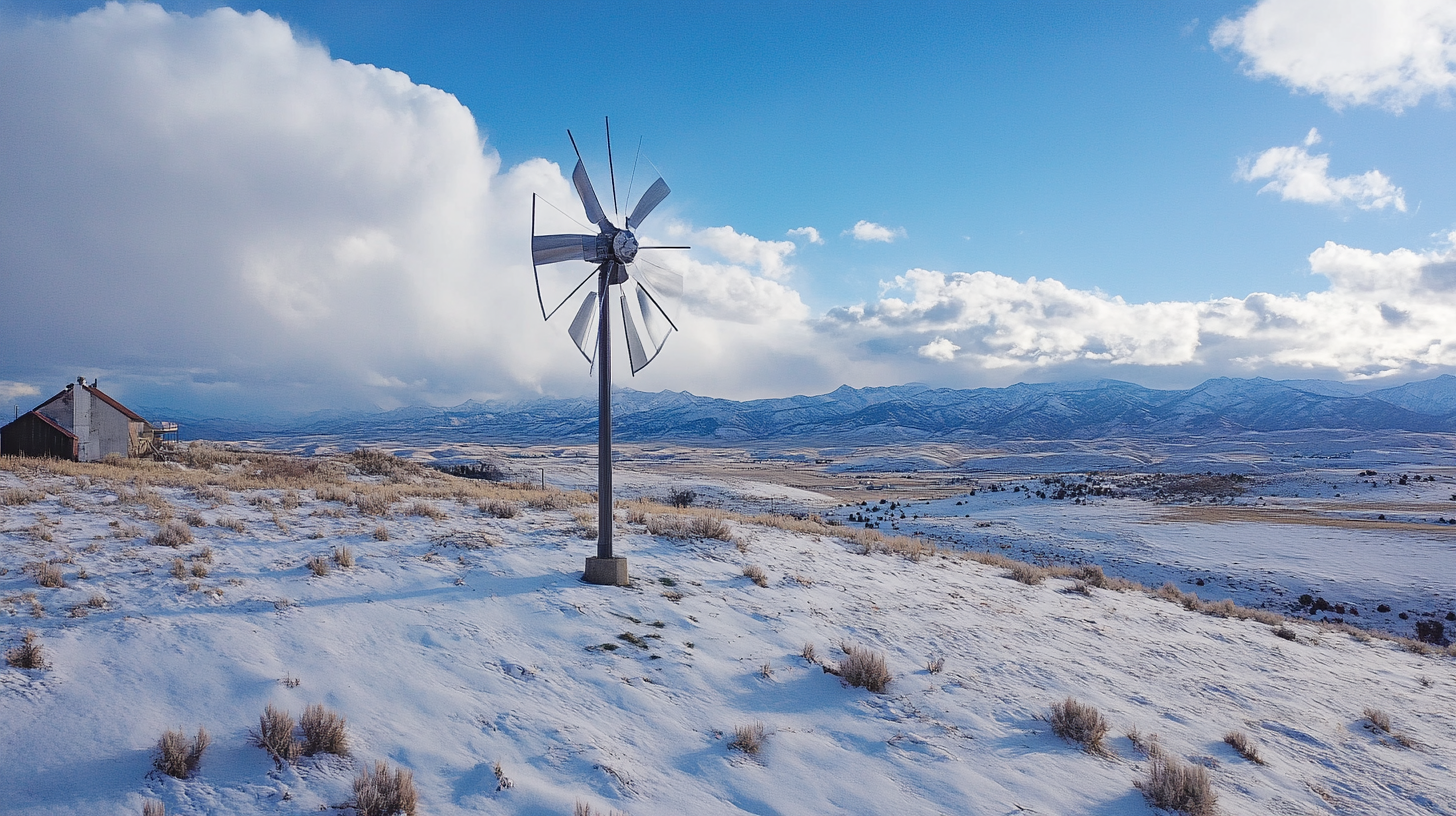
Selecting the Right Size: How to Determine the Proper Turbine Capacity
When considering the installation of a small wind turbine for your home, one of the most crucial factors is determining the proper turbine capacity. The right size not only ensures efficiency but also optimizes energy generation according to your household's needs. Begin by analyzing your average energy consumption. Understanding your monthly electricity usage will help you gauge the amount of energy a turbine needs to produce, guiding you towards selecting a model with the appropriate output.
Next, consider local wind conditions which play a significant role in your turbine’s performance. Wind speed and frequency in your area will affect the amount of energy your turbine can generate. Utilize tools such as wind resource maps or local weather data to assess these conditions. By aligning your turbine selection with both your energy needs and local wind patterns, you can effectively choose a small wind turbine that balances both size and capacity, maximizing your investment in renewable energy.
Distribution of Small Wind Turbine Sizes for Home Use
Cost Analysis: Budgeting for Purchase and Installation of Wind Turbines
When considering the installation of a small wind turbine for your home, understanding the budgetary requirements is crucial. The initial investment typically includes the cost of the turbine itself, which can vary significantly based on size and efficiency. Additionally, it's essential to factor in installation expenses, which may involve hiring professionals for proper setup. A thorough cost analysis can help you avoid unexpected financial burdens down the line.
Tips: Before making a purchase, research various models and their associated costs. Compare not only the upfront prices but also long-term savings on energy bills and any available tax incentives. Don’t forget to budget for maintenance; although small wind turbines are generally low-maintenance, occasional repairs or component replacements can arise.
Another aspect to consider is the permitting and inspection fees that might be mandated by local regulations. Each region may have different requirements that could impact your overall expenditure. Planning for these additional costs upfront ensures that you have a clear financial picture before committing to your wind turbine project. Ultimately, taking the time to analyze all potential expenses will lead to a more favorable investment in renewable energy for your home.
Cost Analysis of Small Wind Turbines
Maintenance Tips: Ensuring Longevity and Efficiency of Your Wind System
When investing in a small wind turbine for your home, maintenance is crucial for ensuring its longevity and efficiency. Regular inspections should be part of your routine; this includes checking for any signs of wear and tear on the blades, tower, and electrical components. Pay particular attention to the connections, as corrosion can lead to decreased performance. Clean the blades periodically to remove any debris that may hinder their ability to capture wind energy effectively.
Another essential aspect of maintenance is monitoring the turbine's performance. Keep an eye on the output levels and check for any unusual vibrations or noises that could indicate a problem. Additionally, lubricate moving parts as recommended by the manufacturer to reduce friction and wear. By establishing a consistent maintenance schedule and addressing issues promptly, homeowners can enjoy a reliable and efficient wind energy system for years to come, maximizing both energy savings and environmental impact.
Tell us about your project
Our Off-grid experts will come back with recommendations




